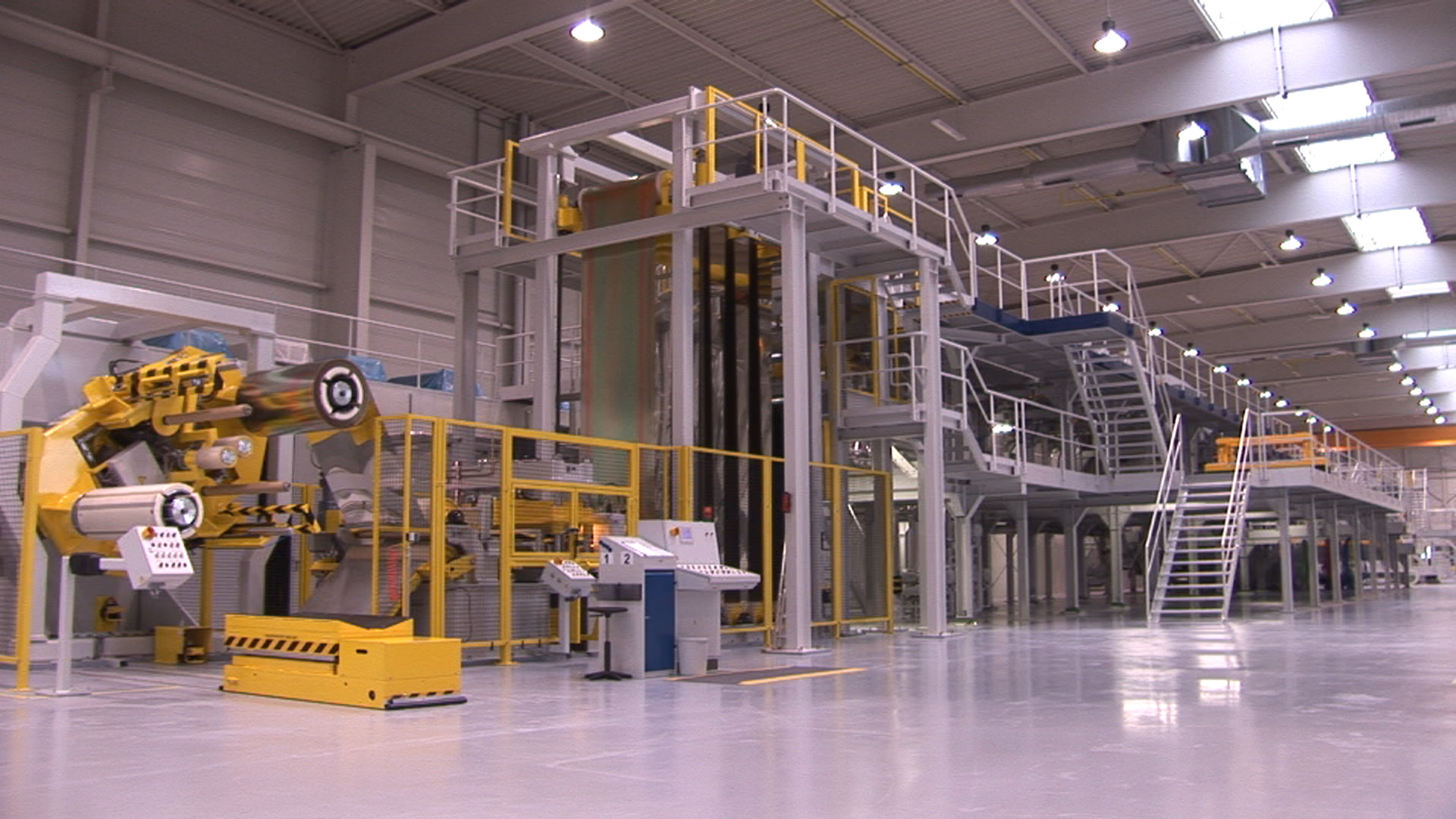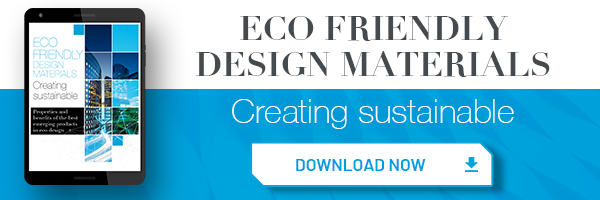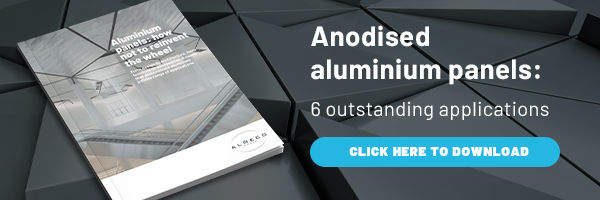Physical Vacuum Deposition, or PVD, is a coating process allowing the application of thin metal and ceramic layers in vacuum by physical means, such as evaporation. It is a process for enhancing the qualities of aluminium to promote efficiency in various applications: by combining layers of different materials and thickness, the optical and physical properties of the surface can be modified substantially, and the surface can be optimized to the needs of the specific application.
Almeco has extensive experience in the PVD process thanks to a highly innovative plant dedicated solely to this treatment, located in Bernburg, Germany. The high productivity guaranteed by the line allows the company to produce highly efficient surfaces for a variety of applications, from reflective surfaces for lighting applications, to absorbers for solar applications, to surfaces that enhance the effects of ultraviolet rays for applications in sanitization, horticulture and personal care.
Let’s take a brief look at various characteristics of the PVD process.
The PVD deposition methods used by Almeco
The extensive knowledge of the PVD process and the flexibility of the line allows the company to choose the optimal deposition technology for every material.
Depositions methods used by Almeco include sputtering and electron beam evaporation.
In the sputtering chambers, an Argon plasma is accelerated by high voltage on target tubes made from the material to be applied. The Argon ions atomize (or sputter) this material, which will deposit on the metal strip. By adding defined gases in a reactive process, it is also possible to deposit compounds such as cermet (ceramic-metallic compounds) with a controlled composition.
For materials with a high melting point, a powerful electron beam is directed on a crucible filled with the material to be deposited. The surface of the crucible is evaporated by the intense energy and this material condenses on the metal strip.
The role of vacuum in the PVD process
The process takes place inside a vacuum chamber because it allows the evaporation of materials that would otherwise require a lot of energy (metals, but especially ceramic materials). In many cases the air molecules would also react with the fresh layers resulting in a different composition.
Another effect of vacuum is that atoms from the evaporation and sputtering sources can reach the metal surface without colliding with air molecules and form the different layers. In air, instead, these atoms would be dispersed and it would not be possible to create the same coating.
The advantages of the technology used by Almeco
Usually, PVD processes run in cycles. Traditionally, these machines consist of a kind of chamber or autoclave, where the items to be coated are loaded. Then vacuum is created, the coating process is performed depositing the required layers and afterward the chamber is vented and opened again to collect the finished products.
The special feature of the machine used by Almeco is that the metal coils are loaded and discharged in the ambient atmosphere without interruptions, so the coils can be processed continuously. The material is fed into the vacuum plant through special airlocks and passes through the various deposition chambers, then comes back in atmosphere to be recoiled.
Every process step is monitored digitally
The thickness and optical properties of the multilayer stack are controlled by ellipsometers and spectrometers at different positions on the coating line.
All process parameters are computer controlled and recorded to ensure reliable production.
PVD, a sustainable process for aluminium treatment
PVD process is also more environmentally friendly than other surface treatments. In fact, the energy demand for the coating is very low. For instance, the energy needed to produce selective absorber material for thermal solar collectors will be paid back in just a few sunny days.
Additionally, unlike painting, no solvents are used; there are no chemical baths as the whole process is dry. There is also no wastewater or exhaust emissions that require special treatment.
A highly flexible and productive line for PVD process
The features of Almeco’s dedicated PVD process line mean that PVD process can unfold without interruptions, so the company can rely on a highly productive line.
In addition, as the PVD process is not strictly tied to the properties of the substrate, Almeco is able to treat not just aluminum, but also other metal strips such as copper or stainless steel, depending on the application requirements.
This allowed the company to expand the range of surfaces made with PVD process. In fact, if at first the line was created to meet the needs from customers for lighting applications, later the multilayer was optimised for solar applications and to make surfaces capable of reflecting ultraviolet radiation or light specifically tuned to encourage plant growth.
Due to the advanced deposition techniques available in Almeco, it is possible to produce many other multilayer stacks with customised surface properties. For example, it is possible to apply coloured, decorative coatings or protective coatings for metal.


